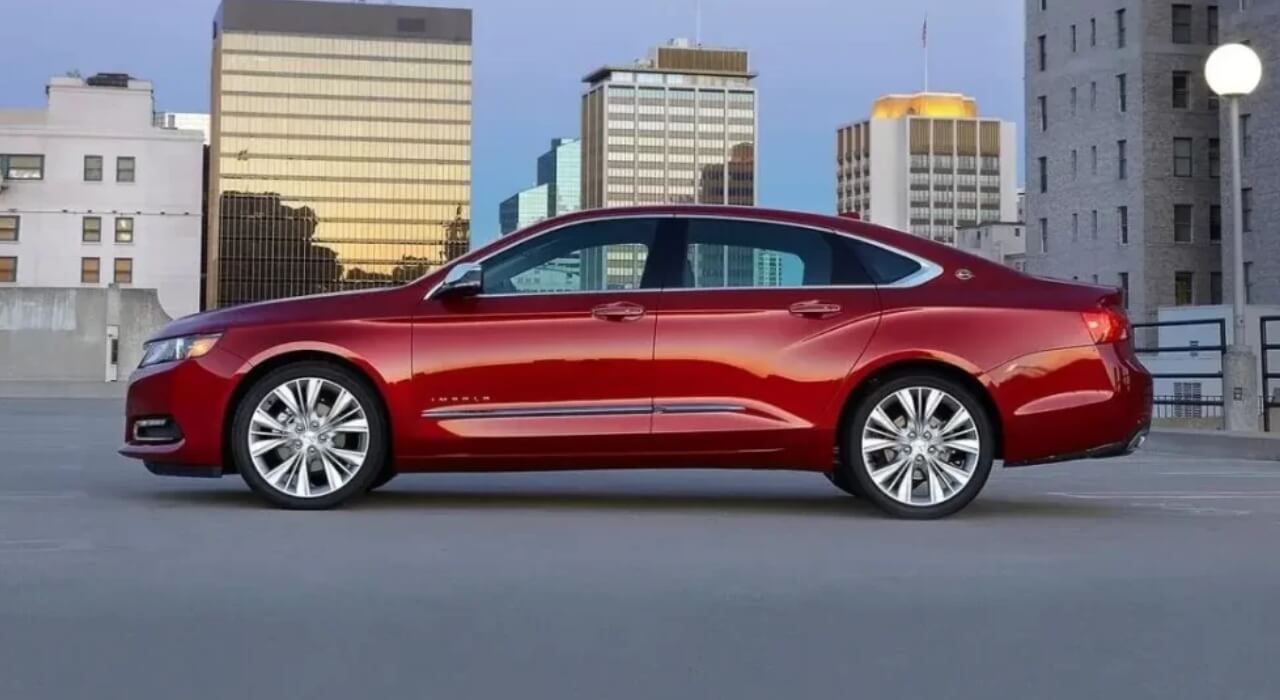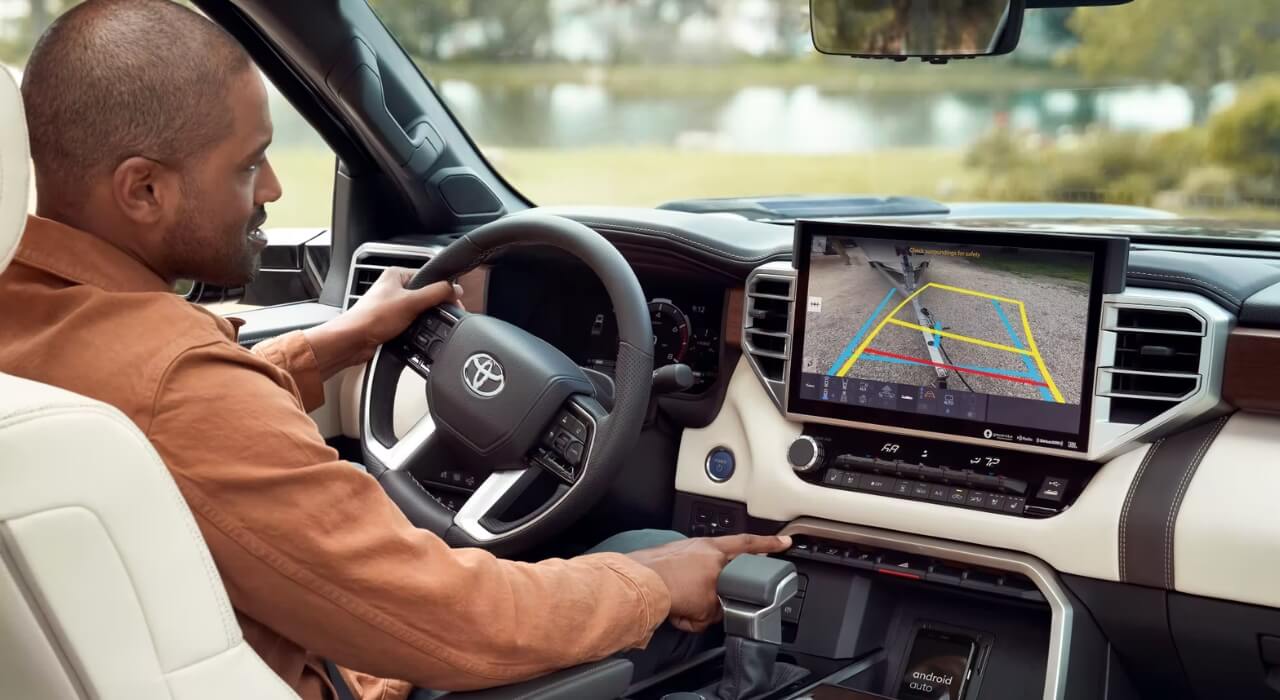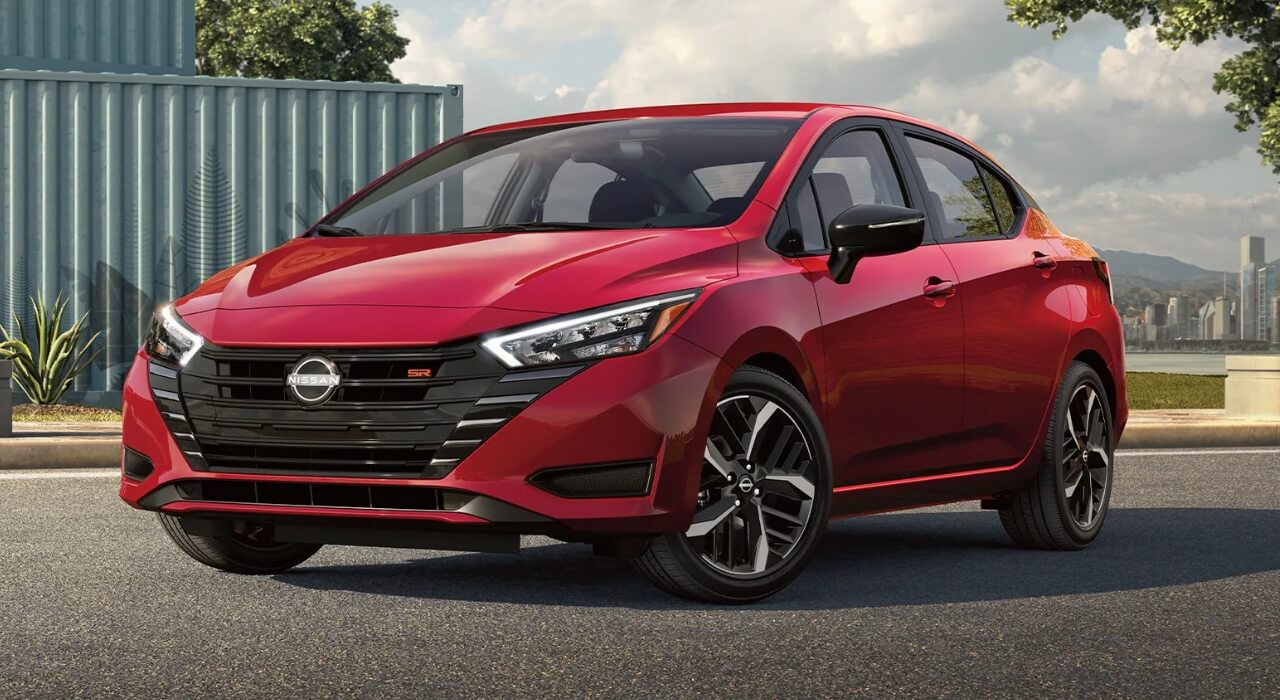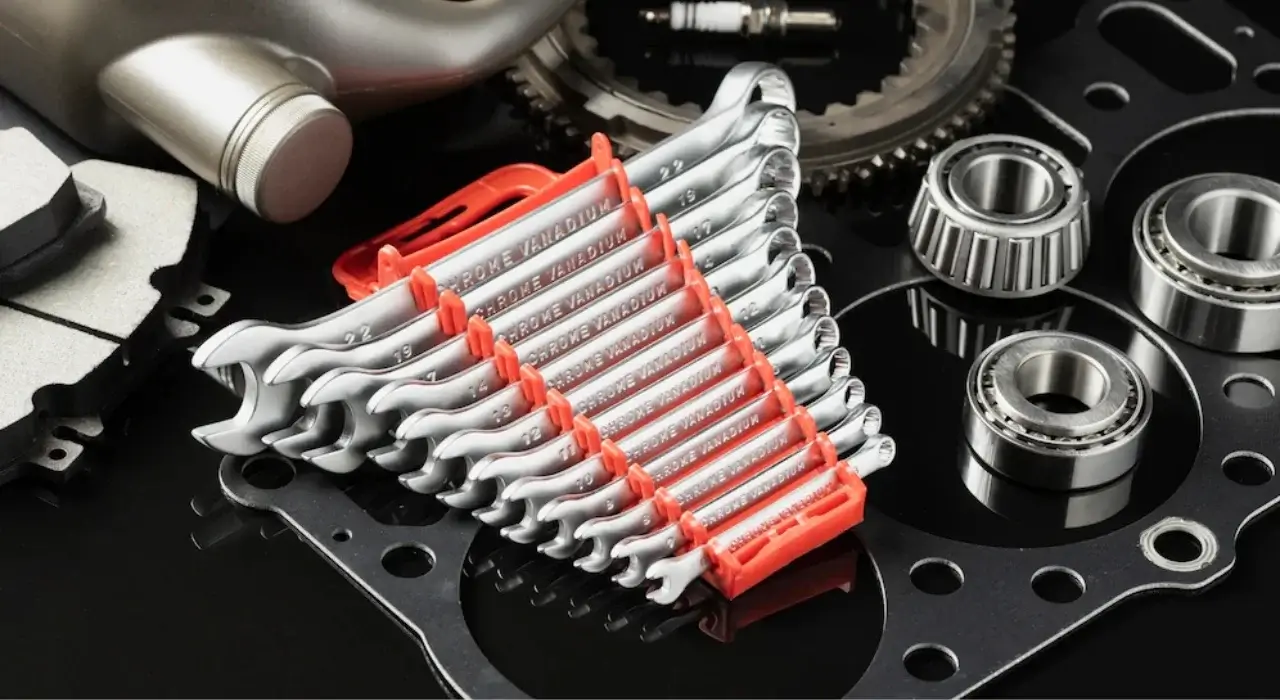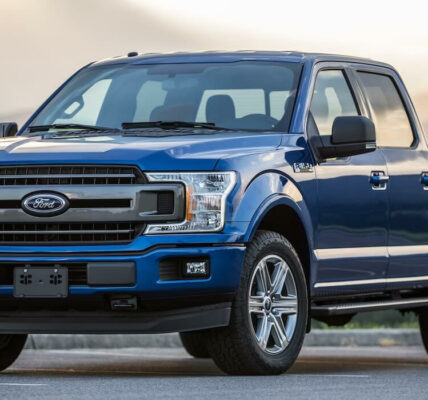Whenever a component in your car breaks down or you want to replace a device in your vehicle, the question of how to check the compatibility of car parts may arise. Because each model differs from other brands or models.
Various types of automotive parts and components are currently entering the automotive market. If you want to replace or upgrade the car, you should check the compatibility of car parts carefully. An incorrect device can damage the original parts of your vehicle.
All you have to do is research the details of auto parts compatibility to saving time and money. Many online platforms offer the ability to search for a part and it will tell you if it is interchangeable with another model in the list of accessible features.
You can also visit junkyards to find used auto parts that cost less and are compatible with your car. Some have been using junkyards as basic containers for decades.
So, this article got you right if you find yourself in such a situation. Read on to learn about checking how to find compatible car parts when repairing your vehicle. And also knows all the interchangeable parts of your car.
Step By Step Guide To Auto Part Compatibility Check
When you first buy a new car part, whatever that part is, you’re probably going to be a little intimidated. After all, this is the car you rely on every day.
The right part can improve your car’s performance, on the other hand, the wrong part can cause a real shock that you don’t expect. Then all you have to do is select your vehicle’s body and engine to bring it to maximum acceleration.
Also Check: Best Window Cleaner For Cars.
– Which Part Do You Need?
If you are repairing the vehicle yourself, you must first identify the part you need. You must have some knowledge about automobiles to correctly determine faults and required replacement.
If you’re not sure if we have the part you need, you can contact an auto expert, but it’s pretty safe to assume you’ll be able to get a replacement. Once you’ve done that, get your tools ready and remove the failing part while you prepare to hit the market for a replacement.
You can also use a vehicle identification number (VIN) to locate a specific part of your vehicle and auto part compatibility check. This number is specific to your car and can be used to find the correct part.
– New Vs Aftermarket Part
As with most things, there are pros and cons to both. As with used cars, aftermarket parts are usually less expensive. In addition, you can usually also find the specific part for your car, even if it is an older model.
With new parts, you pay more, but you probably get a little more security. For some drivers, the extra charge is worth it.
– Explorer Buying Option
Always do your basic job right. Once you’ve determined what parts you need, start researching those parts to see if alternatives from other reputable brands are available, the price differences, if buying online is cheaper than offline, etc.
Suggestion: 8 Top Reasons Why Does My Car Sound Like A Motorcycle.
You can also talk to authorized automakers or the Used Car Market to see if they have what you’re looking for. Compare prices from different brands and make sure the part is right for your car.
3 Types Of Car Parts That You Need
When your truck or bus needs repairs, service, or maintenance or even has an accident, do you face the dilemma of weighing the options of OEM parts, OE parts, and aftermarket parts? Does it matter which parts are used on your vehicle?
It is important to understand the different types of parts before deciding on the best part for your bus or truck.
1. OEM Parts
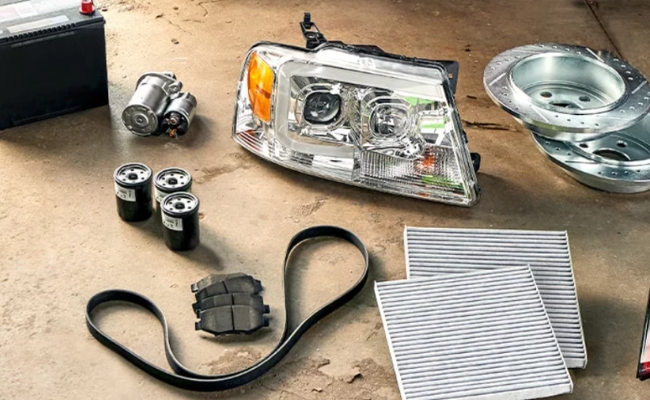
OEM replacement parts are sourced directly from vehicle manufacturers such as Mercedes, Volvo, and Scania. Vehicle manufacturers make certain parts that meet the specifications of a specific make and model to ensure a perfect fit.
Also Check:
Often more than one supplier is used to manufacture the same part. These vehicle manufacturer brand parts come with a price tag and are typically more expensive than original and aftermarket parts.
2. OE Parts
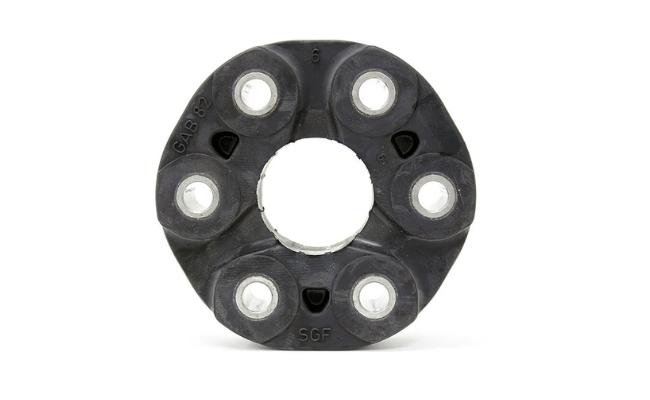
Original equipment parts come from a company that designs and manufactures parts. The company may own the design, but the manufacturing of the components is outsourced to another company.
This is where Mercedes, Volvo, and Scania rent the part to match their specs and design to other manufacturers like Behr or get Modafinil. This OE part is then boxed and marked with the Mercedes, Volvo, and Scania logos.
3. Aftermarket Parts
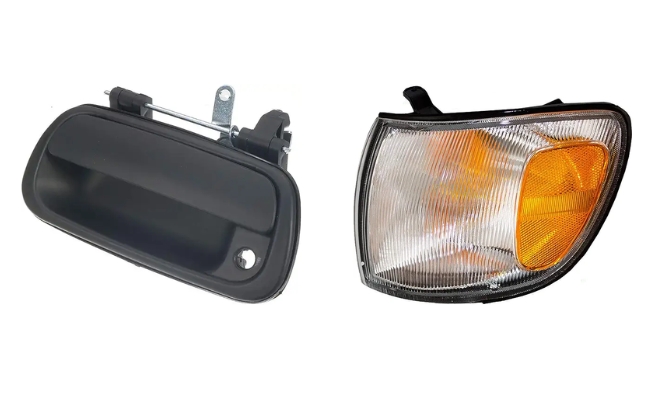
Unlike OE and OEM, aftermarket parts have no relation to the official brands of car manufacturers. This can be widely applied to any other aftermarket manufactured parts. In general, these products are much more available to you.
Popular For You: 7 Top Reasons Why Car Squeaks When Turning And How To Fix It?
If you go to a gas station or auto mechanic, they will have a large stock of these products because they are so much cheaper than OEM or OE parts. The main advantage of these parts is that they are cheaper in comparison.
Are Car Parts Interchangeable?
One of the most common questions car owners want an answer to is: Are car parts interchangeable? how do find out if car parts are interchangeable? The short answer is yes. Car parts are interchangeable.
Not all parts and not all possible brands and designs of cars, but in general they can be interchangeable. Gone are the days of the junkyard, these modern times are all about online catalogs and the convenience of finding the right car part in a few clicks.
Also Check:
For example, some cars share the same engine. A Mercedes-Benz A180d comes with the same engine as Dacia and Nissan car models. Smart Fortwo has an engine identical to the Renault Twingo. Subaru BRZ and Toyota GT86 also share the same engine.
Why Compatible Car Parts Are Important?
If you’ve read this far, you already know why auto part compatibility is so important. Getting a car upgrade designed to be compatible with auto parts can extend the life of your original auto parts.
All you have to do is stay away from common aftermarket parts and chip tuning instead of auto part compatibility. When you bring your vehicle in for warranty service, you will need to factory reset it so that the authorized servicer can correctly diagnose general problems with your car.
Don’t Miss To Checkout: How to Use Bath and Body Works Car Freshener?
For this reason, you need to make sure that the car upgrade you receive does not void your warranty. For this reason, we recommend that you always use OEM parts instead of aftermarket parts whenever possible.
OEM stands for Original Equipment Manufacturer, so it’s the exact part that was used when your car was first assembled.
FAQs About How To Find Compatible Car Parts
First, search for any auto part with three pieces of information: make, model, and year. For example, the manufacturer or “brand” of the car can be Toyota, BMQ, or Audi. The model is the name of a specific vehicle, e.g. B. an S10, NSX, Navigator, etc.
You can find years looking for VIP numbers. The last digits of the VIP number are the year of the vehicle. You can now contact any authorized manufacturer dealer or visit their website to find the exact components for your vehicle.
Can you look up car parts by VIN?
Yes, your VIN can help you find specifications such as the year, make, and model of your vehicle, engine size, powertrain specifications, and optional equipment. This ensures you get exactly the right parts for your car the first time.
You can usually find the VIN on the driver’s side dashboard near the window or the driver’s door near the handle. Sometimes the VIN is engraved under the spare tire or on the engine block, vehicle frame, gearbox, or bumpers.
What is the OEM number on car parts?
If the part is an OEM, it is the exact sort you will find in new cars from the brand manufacturer. In other words, it is a quality mark indicating that the part has been approved by the manufacturer and is considered the best option for the car.
You can usually find the OEM number on all replacement vehicle parts.
What’s the difference between OE and OEM?
OEM stands for an original equipment manufacturer. On the other hand, OE stands for original equipment. OE parts are the components of the vehicle manufactured at the factory: all the original parts that the car was first built with.
Once the car leaves the factory, everything else is non-OE. OEM is an original equipment manufacturer, meaning that this manufacturer was the original manufacturer of the part and is approved for use in the brand’s vehicles.
What part of a car is interchangeable?
Theoretically, all parts can be interchangeable. Some vehicles share the same platform, engines, and other key components.
Others only share the little things: side mirrors, door handles, filters, lights, and the like. It’s not uncommon for a luxury car to share identical parts with a less expensive vehicle.
Can you replace the car parts yourself?
Depending on how handy you are at DIY, it’s entirely possible to replace auto parts yourself. However, it is better to be careful. If you make a mistake at something, the consequences can be fatal.
You will definitely with much higher bills than what the replacement would have cost you had you paid a professional upfront.
Final Thoughts
In simple words, first of all, you need to know the make, model, and year of your car to find a compatible part for your vehicle. After that, whether you want an OE, OEM, or aftermarket part, you can go directly to all auto parts stores or research online to purchase components for your vehicle.
However, if you can’t find original parts for some older car models. In that case, aftermarket parts are your only option.







